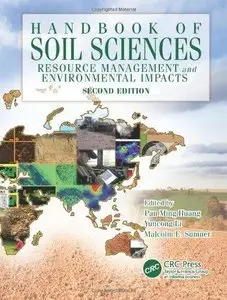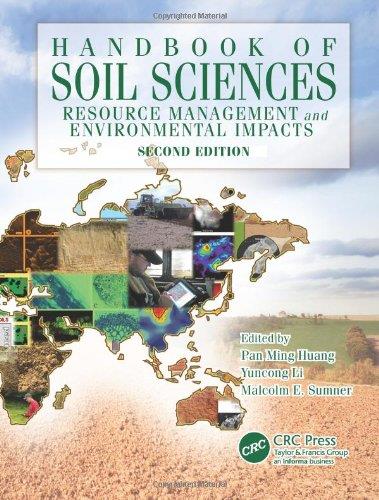Handbook of Soil Sciences: Resource Management and Environmental Impacts, Second Edition By Pan Ming Huang, Yuncong Li, Malcolm E. Sumner
2012 | 818 Pages | ISBN: 1439803072 | PDF | 65 MB
2012 | 818 Pages | ISBN: 1439803072 | PDF | 65 MB
An evolving, living organic/inorganic covering, soil is in dynamic equilibrium with the atmosphere above, the biosphere within, and the geology below. It acts as an anchor for roots, a purveyor of water and nutrients, a residence for a vast community of microorganisms and animals, a sanitizer of the environment, and a source of raw materials for construction and manufacturing. To develop lasting solutions to the challenges of balanced use and stewardship of the Earth, we require a fundamental understanding of soil—from its elastic, porous three-phase system to its components, processes, and reactions. Handbook of Soil Sciences: Resource Management and Environmental Impacts, Second Edition is the second of two volumes that form a comprehensive reference on the discipline of soil science. Completely revised and updated to reflect the current state of knowledge, this volume covers interfacial interactions between the physical, chemical, and biological regimes within the soil; the factors that control the availability of plant nutrients and microelements; interdisciplinary aspects of soil science, including salinity, sodicity, and soil erosion; and soil databases for assessing worldwide soil resources. This cohesive handbook provides a thorough understanding of soil science principles and practices based on a rigorous, complete, and up-to-date treatment of the subject matter compiled by leading scientists. It is a resource rich in data, offering professional soil scientists, agronomists, engineers, ecologists, biologists, naturalists, and students their first point of entry into a particular aspect of the soil sciences.



